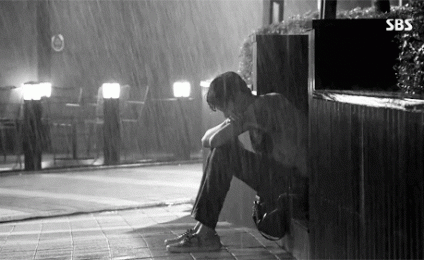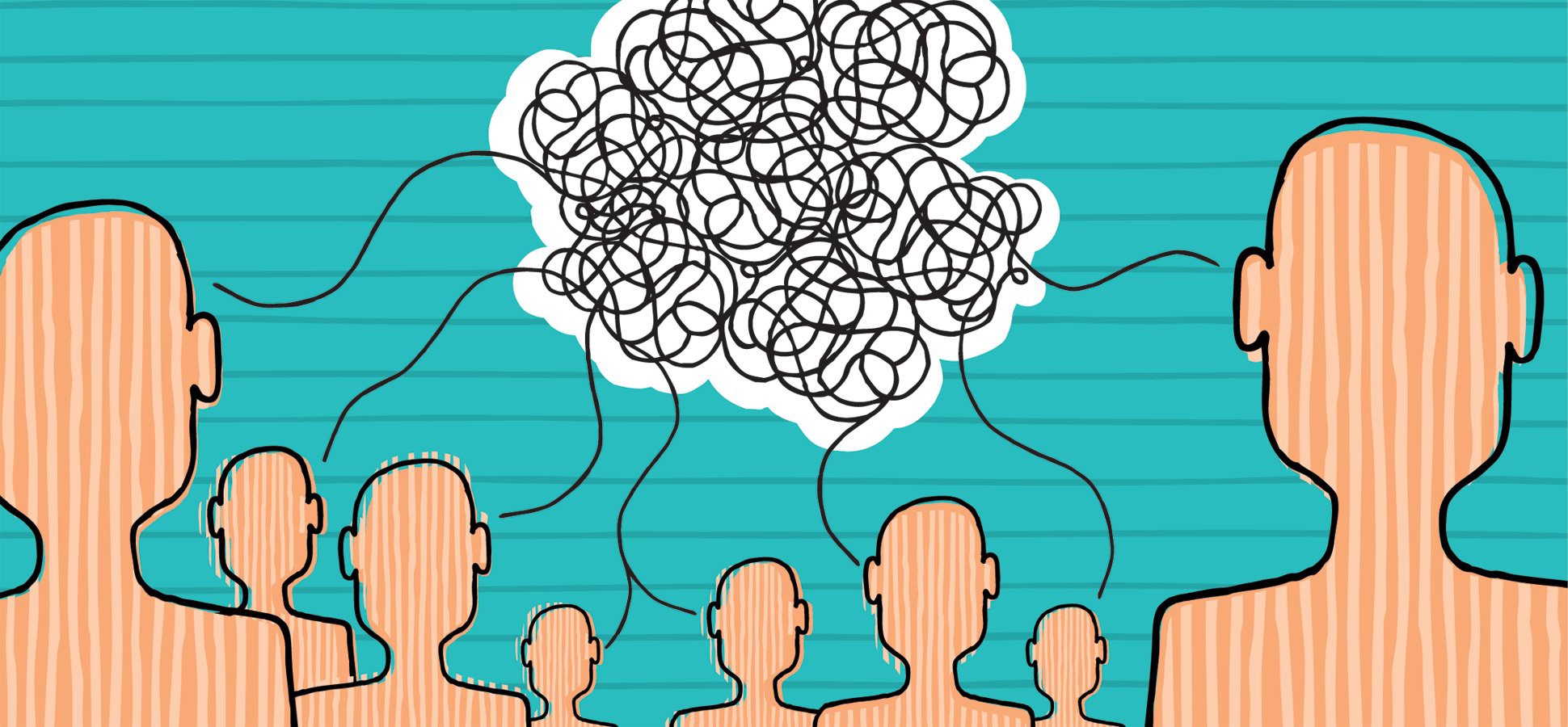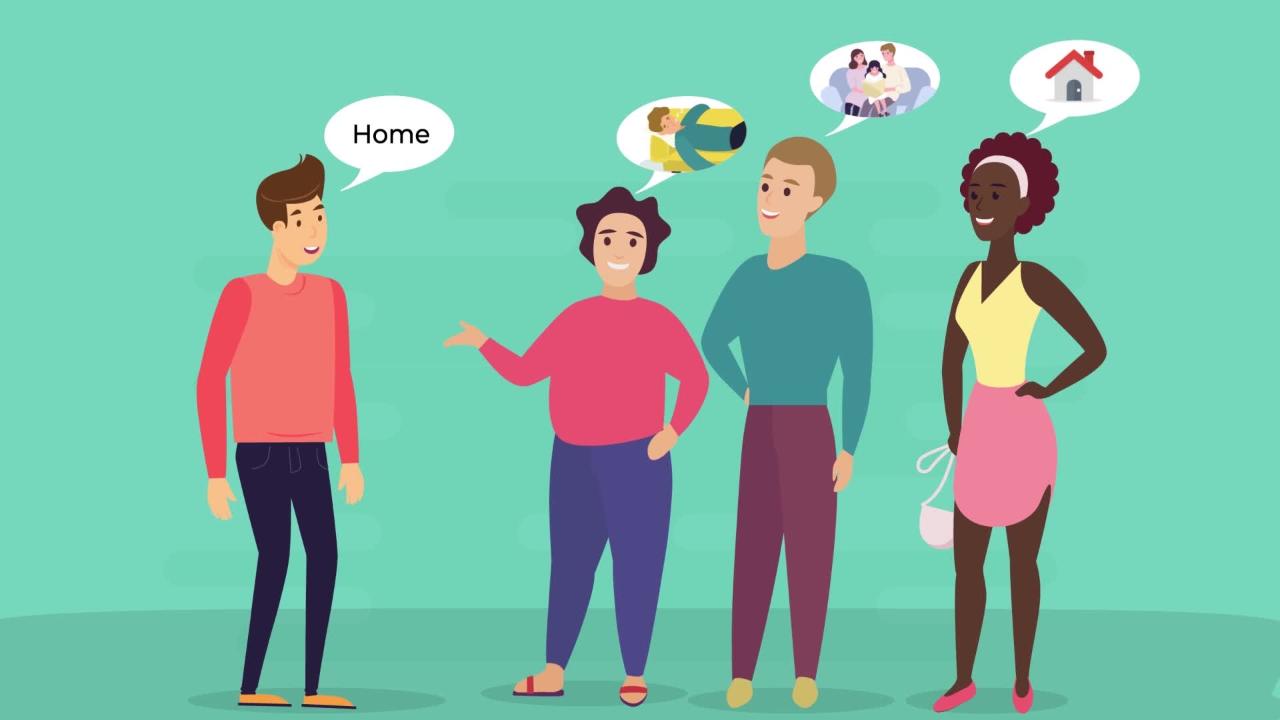Communication—originating from the Latin word communicare, meaning “to share”—is, at its heart, the exchange of meaning between people. It’s not just about words. It’s about the transmission of ideas, emotions, imagery, behaviors, and even silence. Whether written in ink, spoken aloud, drawn in symbols, or expressed through a facial expression, communication remains one of the most essential functions of human connection.
It is the vehicle through which we connect with others, solve problems, express needs, share visions, and build relationships. At its most simplified definition, communication is the act of transferring information from one place or individual to another. But within that simplicity lies great depth, particularly when you consider all the ways and distances over which we try to convey our thoughts.
Though the process may seem straightforward—sending and receiving messages—it can take on considerable complexity depending on the medium, the individuals involved, and the context. Let’s dive into the major types of communication, and explore how each plays a role in our daily lives.
Five Distinct Modes of Communication and Their Unique Impact
1) Spoken (Verbal) Communication
Verbal communication—often referred to as oral communication—is the most direct and personal method of interaction. It involves the spoken exchange of information and is used in face-to-face conversations, phone calls, video chats, meetings, and public speaking. The power of voice, tone, clarity, and timing can make verbal communication deeply effective.
Even in a digital age dominated by messaging apps and emails, people still crave the warmth and immediacy of a human voice. A quick phone call can often resolve misunderstandings that email chains only complicate. Face-to-face conversations, whether in person or on a screen, bring nuance and depth that text struggles to deliver.
In professional settings, verbal skills are not just helpful—they’re often critical. A team leader needs to inspire and coordinate. A sales executive must articulate ideas persuasively to a client. The higher you move in any organizational structure, the more important your verbal clarity becomes. A CEO addressing stakeholders during a crisis must not only sound confident but also avoid ambiguity to prevent panic.
History is filled with iconic figures who changed the world with their voice:
-
Nelson Mandela
-
Martin Luther King Jr.
-
John F. Kennedy
-
Mahatma Gandhi
Their speeches didn’t just inform—they moved nations.
2) Non-Verbal and Interpersonal Expression
How do people react when you enter a room? Do you carry presence with your posture, your eyes, your attire? These aren’t minor details. This is non-verbal communication—and it can say more than words ever will.
Body language, facial expressions, eye contact, gestures, clothing choices, even the firmness of a handshake—these all fall under non-verbal or interpersonal communication. This mode reflects the unspoken signals we emit and interpret during human interaction.
In the corporate world, good interpersonal presence can often outweigh even the words you speak. A leader who appears calm during a crisis sets the tone for the entire team. A team member who slouches in meetings and avoids eye contact may unintentionally communicate apathy, even if they say otherwise.
Consider a manager during a tense boardroom discussion. If they maintain steady posture, nod attentively, and speak with composed body language, they help regulate the entire group’s mood. On the other hand, visible anxiety, frantic gestures, or dismissive glances can heighten stress and derail communication.
In customer-facing roles, this skill becomes even more critical. Imagine visiting a customer service desk when you're upset about a faulty product. Now picture two versions of the employee you approach:
-
One avoids your gaze, offers vague responses, and looks visibly annoyed.
-
The other smiles, nods patiently, listens intently, and reassures you with confident gestures.
Which one would leave you feeling valued?
Great companies invest in employees with strong non-verbal awareness. Because often, it’s not what you say that counts—but how you behave when you're saying it.
3) Written Communication: The Power of the Pen (or Keyboard)
From ancient scripts carved in stone to real-time texts flying across continents, written communication has remained a central force in human interaction. And as digital platforms multiply, written words—emails, texts, social media posts, reports—have never carried more weight.
This form of communication may seem slower than speaking, but it offers precision, permanence, and reach. Whether formal or informal, a written message can be read again and again. It can also, for better or worse, be forwarded, quoted, or shared out of context—making careful writing more important than ever.
Think about legal cases where screenshots of WhatsApp chats were admitted as evidence. Or celebrities whose careers crumbled because of a single tweet. Words matter—and once they’re written, they live on.
In professional settings, written communication is the final step in sealing deals, launching projects, issuing policies, or announcing changes. Whether you're drafting a contract, publishing a report, or simply emailing a colleague, the tone, structure, and accuracy of your writing impact how you're perceived.
However, written communication can also breed misunderstandings when it becomes too formal or emotionally cold. We’ve all read a text or email that felt harsher than it was intended.
This duality is why written words are sometimes referred to as double-edged swords. They can unite, or divide. Inspire, or incite. As the old saying goes: “The pen is mightier than the sword.” And in today’s world of endless digital footprints, those words ring truer than ever.
4) Formal vs. Informal Messaging
Communication also varies in tone and structure—some messages are crafted for the boardroom, others for the coffee shop. And understanding the difference between formal and informal communication is crucial in both personal and professional spaces.
Formal communication includes:
-
Official emails and letters
-
Reports, memos, and business presentations
-
Policy documents and legal contracts
This style is used to establish authority, document procedures, and provide clarity. Because it’s often part of a permanent record, there’s little room for slang, emotion, or ambiguity.
Informal communication, on the other hand, flows more freely. Think of casual conversations, social media messages, hallway chats, or even light-hearted texts between colleagues. It fosters openness and encourages creativity, but it can also be misused or misunderstood if boundaries aren’t respected.
Both have value:
Formal Communication Strengths:
-
Brings structure to decision-making
-
Serves as legal or procedural documentation
-
Helps coordinate complex operations
Informal Communication Benefits:
-
Builds trust through openness
-
Encourages idea sharing without fear
-
Makes people more approachable and engaged
That said, when formal speech becomes too rigid, it can create emotional distance. Likewise, informal communication—if left unchecked—can spark gossip, confusion, or even conflict. The key is balance: knowing when to use each and how to transition between them with awareness.
5) Visual Communication: When Images Speak Louder Than Words
Visual communication might seem like a new-age concept, but it’s been with us since the days of cave paintings and hieroglyphs. Today, its power is even more evident—in advertising, education, branding, and digital storytelling.
In industries like healthcare, for instance, pharmaceutical representatives rely on visual aids—pamphlets, charts, diagrams—to explain new treatments to doctors. These visuals translate complex data into digestible insights. They inform, persuade, and educate far more efficiently than blocks of text.
On websites, explainer videos and motion graphics simplify technical concepts. In classrooms, visual aids like whiteboard illustrations and animations help students grasp tough ideas. In business, sleek infographics and presentation slides convey data in a way that sticks.
Elements of visual communication include:
-
Brand logos and color schemes
-
Diagrams, charts, and graphs
-
Photographs and illustrations
-
Videos and animations
-
Typography and layout in resumes or portfolios
Even in everyday interaction, visuals matter. A teacher sketching a timeline on the board. A project manager presenting a pie chart in a meeting. A candidate using video resumes with animated slides. All of it counts.
Visual communication bridges the gap between data and emotion. It’s both functional and expressive—and in our fast-paced world, often the fastest way to be understood.
Summary of Communication Styles in Context
Now that we’ve walked through the five main communication types, it helps to see how they naturally appear across different environments and group dynamics. Depending on whether you're working in a structured team, addressing a large group, or casually chatting in a social setting, certain styles will dominate while others recede into the background.
Here’s a breakdown of how communication styles tend to show up in different scenarios:
Communication Within Teams
When collaborating closely in teams—especially within organizations or work settings—you'll find that several communication types operate simultaneously to maintain clarity, productivity, and cohesion. These include:
-
Formal Communication: Used in meetings, official emails, performance reviews, or reports. It ensures accountability and direction.
-
Verbal & Non-Verbal Communication: Seen in daily conversations, brainstorming sessions, or conflict resolutions. Words are powerful, but so are expressions, tone, and posture.
-
Written Communication: Critical when documenting procedures, project updates, or assigning tasks through digital platforms.
-
Visual Communication: Utilized during presentations, training sessions, and data analysis. Graphs, charts, and slide decks help turn information into insight.
Communication Within Larger Groups or Social Circles
Outside formal team structures—such as in broader groups, friend networks, or informal communities—the tone tends to relax. In such settings, communication often feels lighter but can still carry weight.
-
Informal Communication: Seen in spontaneous chats, friendly emails, messages via apps, or watercooler talk. It keeps the human connection alive.
-
Verbal & Non-Verbal Communication: Public speaking at social events or simply the energy you bring into a room can shape how you're received.
-
Informal Written Communication: Think social media posts, group texts, or handwritten notes. These forms feel personal and approachable.
While formal communication lays the groundwork for professionalism, informal communication fosters trust, camaraderie, and a sense of shared identity.
Final Thought: Communication is a Living Skill
Every message you send—whether it's typed, spoken, drawn, or shown through a simple gesture—contributes to the narrative you're building with others. The more fluent you become in each form, the better equipped you'll be to lead, connect, influence, and collaborate.
Communication isn’t a one-size-fits-all skill. It’s a constantly evolving art that adapts based on who you're with, what you're trying to convey, and how the world is changing around you.
In mastering these varied forms—spoken, silent, written, visual, formal or informal—you don’t just become a better communicator. You become someone who understands people better. And that is, in many ways, the heart of every human interaction.





























